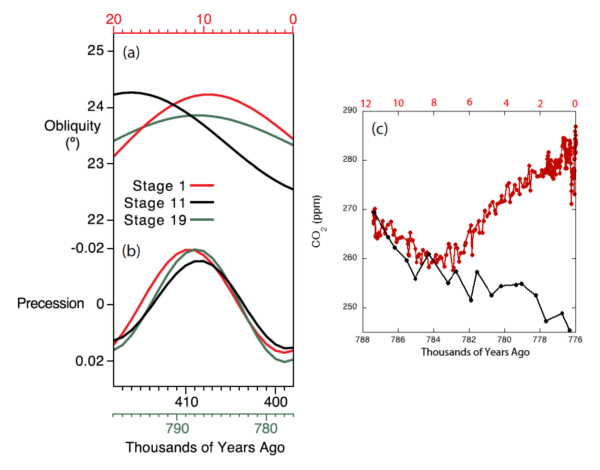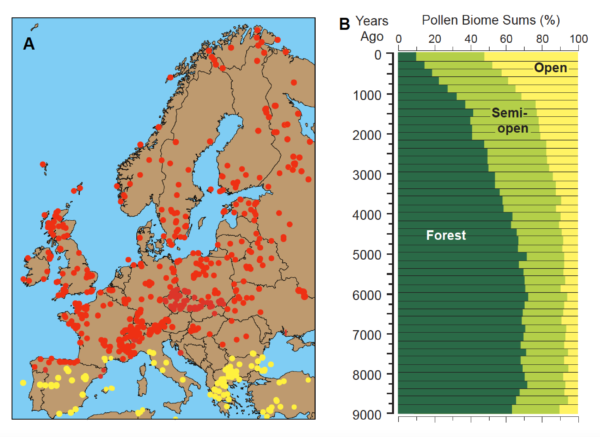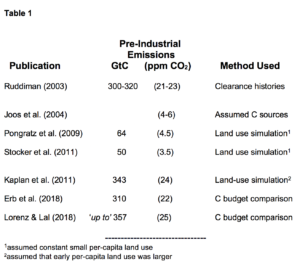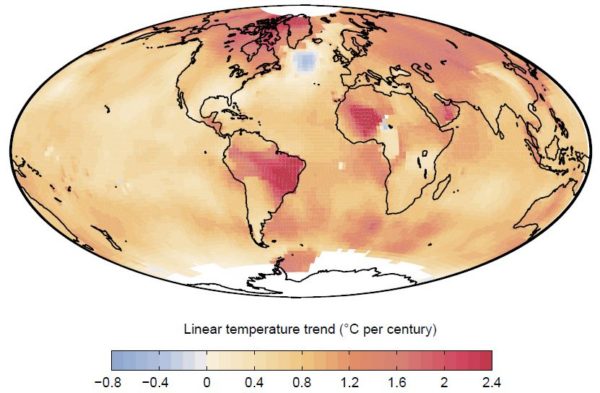Guest commentary from Laure Zanna (U. Oxford) and G. Jake Gebbie (WHOI)
Two recent papers, Zanna et al. (2019) (hereafter ZKGIH19) and Gebbie & Huybers (2019) (hereafter GH19), independently reconstructed ocean heat content (OHC) changes prior to the instrumentally-based records (which start ~1950). The goals (and methodologies) of the two papers were quite different – ZKGIH19 investigated regional patterns of ocean warming and thermal sea level rise, while GH19 analyzed the long-term memory of the deep ocean – but they both touch on the same key questions of climate forcing and response.
[Read more…] about New Ocean Heat Content HistoriesReferences
- L. Zanna, S. Khatiwala, J.M. Gregory, J. Ison, and P. Heimbach, "Global reconstruction of historical ocean heat storage and transport", Proceedings of the National Academy of Sciences, vol. 116, pp. 1126-1131, 2019. http://dx.doi.org/10.1073/pnas.1808838115
- G. Gebbie, and P. Huybers, "The Little Ice Age and 20th-century deep Pacific cooling", Science, vol. 363, pp. 70-74, 2019. http://dx.doi.org/10.1126/science.aar8413



